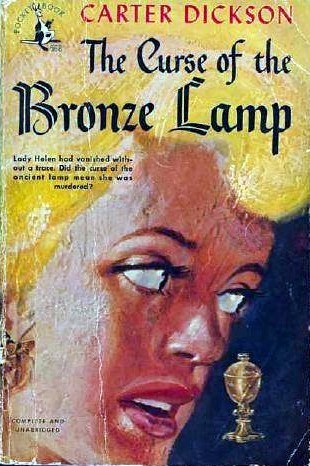What do you think?
Rate this book


230 pages, Mass Market Paperback
First published January 1, 1945
Ja lopuksi, huippuvedoksi, hän piirsi liimalla kuljettajan kasvoille viivan, joka toi mieleen Zorron merkin.
— Haa! sanoin sir Henry Merrivale. — Vai haluat sinä rahaa, häh?
Kun kuljettajan suusta purkautui uusi kiljaisu, kohtaus täydentyi. H. M. pisti liimaputken taskuunsa ja kalasti toisesta taskustaan englantilaisen viiden punnan setelin. Hän iski setelin lujasti ja varmasti kuin postilaitoksen leimauskone miehen liimaisiin kasvoihin. Ja hän teki sen juuri kun kaksi salamavalolamppua leiskahti ja useat lehdistön kamerat ikuistivat näkymän jälkimaailmalle. (s. 22–23)